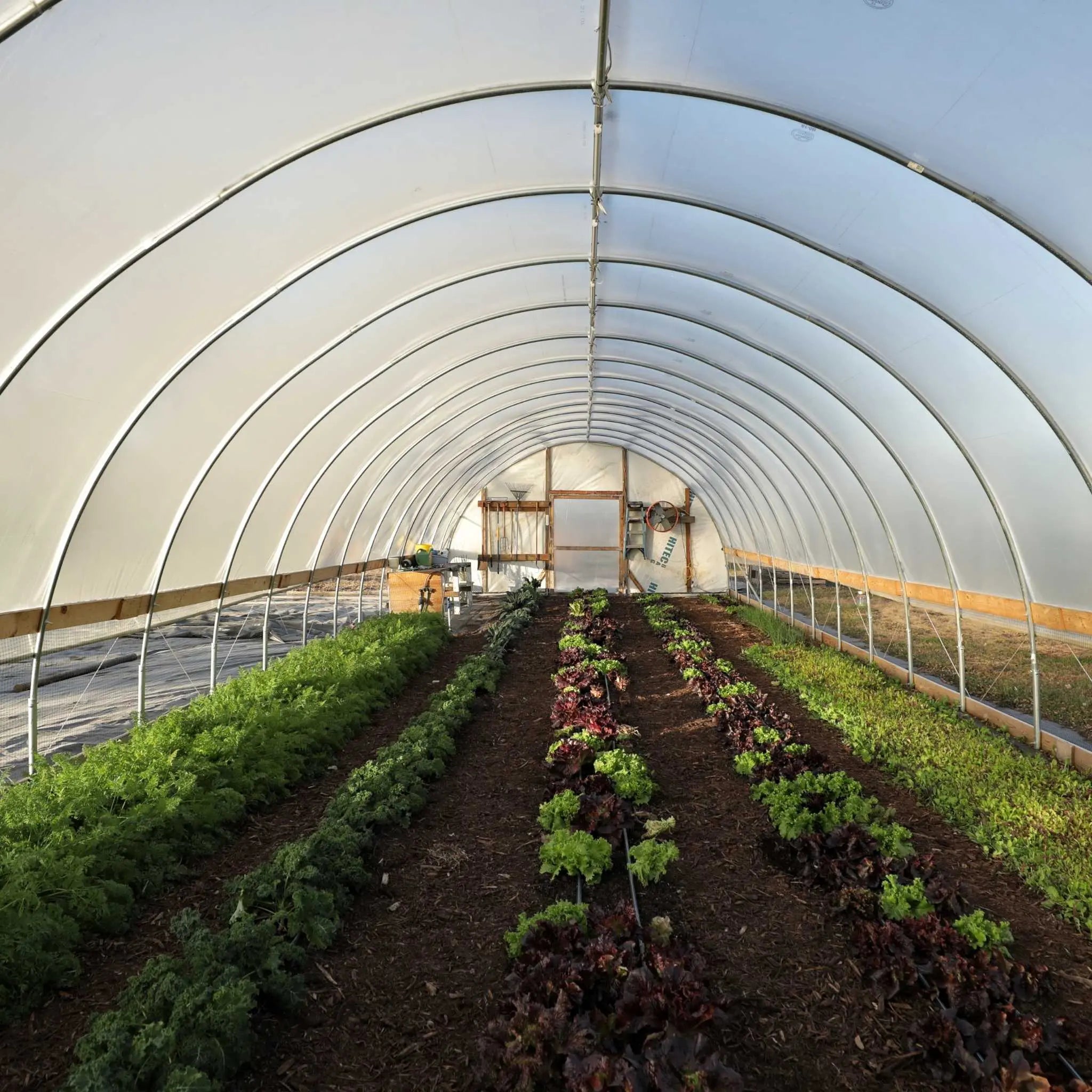The Future of Greenhouses: Developments in Lasting Agriculture
Are you interested regarding the future of greenhouses and just how they are changing lasting farming? From innovative environment control systems to upright farming strategies, water-efficient watering approaches, eco-friendly power assimilation, and wise information analytics, these innovations are transforming the way we expand our food.
Advanced Environment Control Solution
To achieve optimal growing conditions, you can rely upon the advancements in greenhouses with advanced environment control systems. These systems have actually reinvented the method we cultivate crops, offering a controlled setting that contributes to plant development. With these ingenious systems, you can now manipulate temperature, moisture, light degrees, and even CO2 focus to produce the ideal conditions for your plants to flourish.
Among the vital functions of these sophisticated climate control systems is their capacity to control temperature. By using sensing units and automated controls, the greenhouse can change the temperature based upon the details requirements of the plants. This makes sure that they are never exposed to severe heat or cool, which can be destructive to their growth.
Humidity control is an additional vital element of these systems. By preserving the optimal humidity degrees, you can stop problems such as mold and mildew, mold, and condition from affecting your plants. These systems can likewise manage the quantity of light that reaches the plants, guaranteeing that they obtain the optimal quantity for photosynthesis.
Additionally, progressed climate control systems can even adjust CO2 focus. By boosting the levels of carbon dioxide in the greenhouse, you can improve plant development and efficiency. This is specifically helpful in areas with low all-natural CO2 levels.
Upright Farming Strategies
One crucial upright farming strategy is making use of piled growing systems. Stacked growing systems are typically utilized in metropolitan locations where area is restricted.
One preferred approach is called vertical hydroponics, where plants are grown in nutrient-rich water without soil. This technique is highly efficient as it decreases water usage by up to 90% compared to traditional farming methods. Additionally, because the plants are grown indoors, they are safeguarded from illness and insects, decreasing the requirement for pesticides.
Another technique is aeroponics, which involves suspending the plant origins in a mist or air setting. This technique enables optimum nutrient absorption and oxygenation, resulting in faster growth and higher yields. Aeroponics also makes use of much less water than standard farming and can be applied in upright systems, making it a preferred selection for vertical farming.
Water-efficient Irrigation Methods
Optimizing water preservation is vital when it concerns implementing water-efficient watering techniques in sustainable farming. With international water shortage becoming a pushing problem, it is crucial to create ingenious strategies that enhance water use in greenhouse procedures.
One promising technique is drip irrigation, which provides water directly to the plant origins, minimizing waste and dissipation. By using a network of tubes with tiny emitters, water is applied gradually and precisely, making certain that plants get the necessary wetness without excess runoff.
One more effective method is the usage of soil dampness sensors. These gadgets gauge the moisture content in the soil and offer real-time data to farmers. By checking the dirt's dampness degrees, farmers can accurately determine when and just how much water to apply, preventing over-irrigation.
In addition, the application of rainwater harvesting systems is acquiring appeal in greenhouse agriculture. Accumulating rainwater from rooftops and keeping it in storage tanks permits farmers to utilize this natural source for irrigation purposes, decreasing dependence on traditional water resources.
Lastly, the fostering of automated irrigation systems can substantially improve water effectiveness. These systems utilize sensors to detect dirt wetness degrees and weather condition conditions, readjusting watering timetables appropriately. By maximizing water use based upon actual plant needs, these systems can reduce water waste and advertise lasting farming techniques.
Renewable Resource Combination
Renewable energy combination in greenhouses supplies several advantages, consisting of lowered operating prices and decreased dependence on non-renewable energy sources. The produced power can then be used to run numerous operations Learn More Here within the greenhouse, such as lights, air flow, and heating systems. These turbines harness wind power and transform it into electricity, which can be used to supplement the energy needs of the greenhouse.
Smart Information Analytics and Automation
To boost the efficiency of your greenhouse operations and maximize resource usage, take into consideration carrying out clever information analytics and automation. Smart information analytics includes gathering and evaluating information from various sensing units and devices within your greenhouse.
This can include automating the control of lights, air flow, irrigation systems, and nutrient shipment. By automating these procedures, you can guarantee that your plants receive the right conditions and nutrients at the appropriate time, without the need for consistent hand-operated intervention.
Furthermore, clever information analytics and automation can collaborate synergistically. The data collected by sensing units can be used to educate computerized systems, permitting them to make real-time changes based on the current conditions. This integration of information analytics and automation can result in a lot more precise and reliable source allotment, ultimately leading to higher returns and better crop high quality.
Conclusion
In conclusion, the future of greenhouses in sustainable farming looks appealing. With sophisticated climate control systems, upright farming techniques, water-efficient irrigation approaches, and renewable resource integration, greenhouses are ending up being a lot more effective and eco-friendly. Furthermore, using clever data analytics and automation further boosts performance and decreases waste. These advancements are leading the way for an extra lasting and reliable farming sector, making sure a greener and healthier future for all.

By optimizing water use based on real plant informative post needs, these systems can minimize water waste and advertise lasting farming methods.
